Sacred Waters of River Narmada
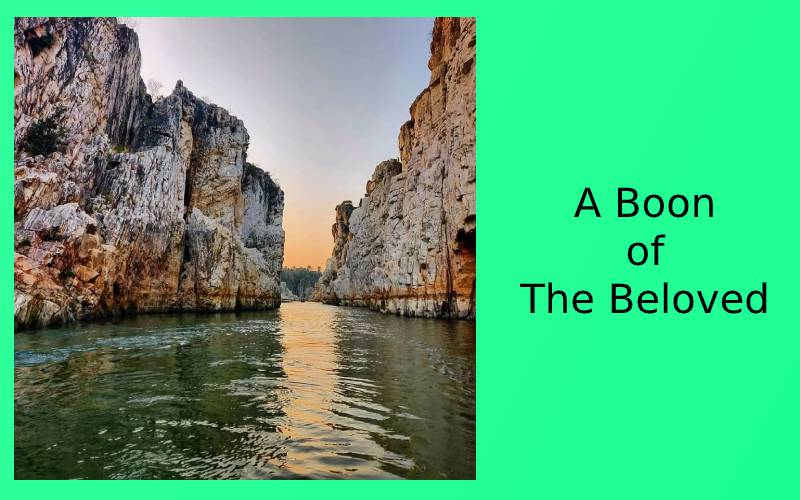
An Introduction to Interesting River
River Narmada is one of the most sacred of the seven holy rivers of India. Its origin is a tiny reservoir named as Narmada Kund situated on the Amarkantak Hills. The river is also known as Rewa. There is less mention of the Narmada in Vedic literature, but it is addressed significantly in the Puranas, Ramayana, Mahabaratha, Vashistha Samhita and Shatapatha Brahmana. It is said that the Puranic name of Amarkantak was Riksh Parvat. About six thousand years ago, the Suryavanshi Samrat Mandhata established a town in the Riksh Parvat valley and called it Mandhata and the Samragni, Purukutsa, apparently gave the title Narmada to the river.
It is the fifth largest river in the Indian sub-continent and flows completely within India just as the Ganges and Godavari. The Krishna river joins Narmada and the confluence or sangama is considered to be a very holy spot. Narmada is a unique river. The River that even purifies the Ganga as per the mythology is an East-West flowing river. Narmada is the largest of the three west flowing rivers in the Peninsular India (other two being Tapti and Mahi).
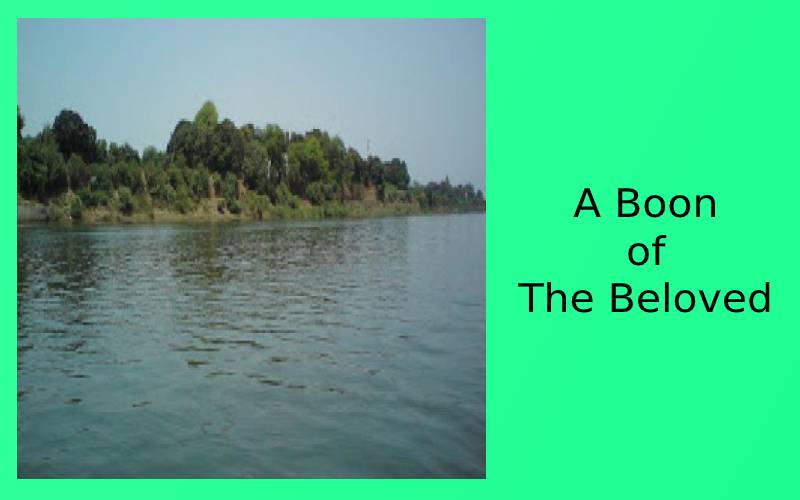
Another unique feature of the Narmada is that it is the only river in the country that flows through a rift valley, between the Vindhya ranges in the north and Satpura ranges in the south. The rift valleys are formed due to complex natural processes leading to subsidence and upliftment of the earth’s surfaces. Starting some 250 million years ago large tracts of land in mainland Gujarat went through tectonic movements leading to formation of the rift valley presently occupied by the Narmada.
Waters of the river Narmada is considered as the cleanest among all other rivers of India. Narmada valley is a paradise for palaeontologists where many dinosaur and ancient human fossils have been found including Rajasaurus Narmadensis, a dinosaur species named after river Narmada. The river basin is tectonically active, which is not normally found in other river basins.
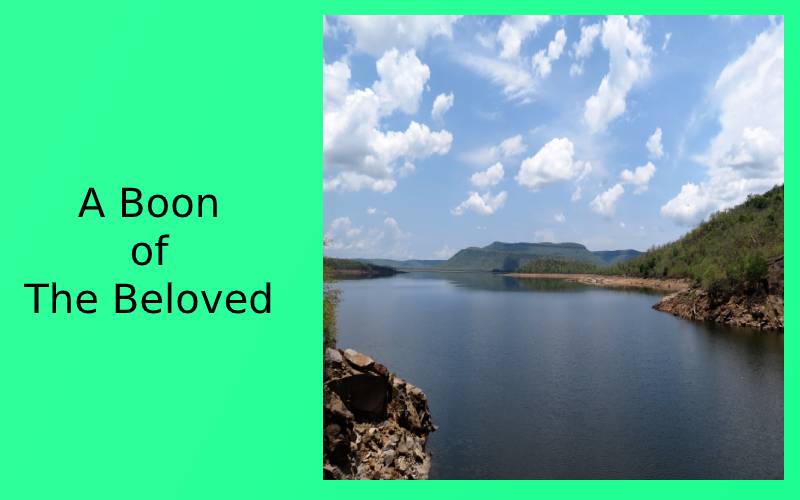
Myths and Legends
The holy river Narmada is the embodiment of Goddess Narmada. It is believed that in order to remove sins of all lifetimes, one must bath three years in river Saraswathi, seven days in Yamuna, one day in the Ganges, or merely glance at the Narmada.
Mainly, there are four myths connected to it.
One says that she was born from the body of Lord Shiva. Goddess Narmada was slim and beautiful. Gods and demons wanted to marry her; she had to flee and dodge the prospects. However, she was able to disappear then they were in the proximity. She played hide and seek with them and one inference of Narmada is her playful attitude of dodging. Finally, she surrenders herself to Lord Shiva. The Lord was pleased in her absolute devotion and Saranagathi. Shiva blessed her and said, "May you become a holy river, and may your waters always be full!” This is not such a story but there is a spiritual philosophy behind it, when the self surrenders to the Source, then one has the full blessings of the Lord. The key word is saranagathi or surrender.
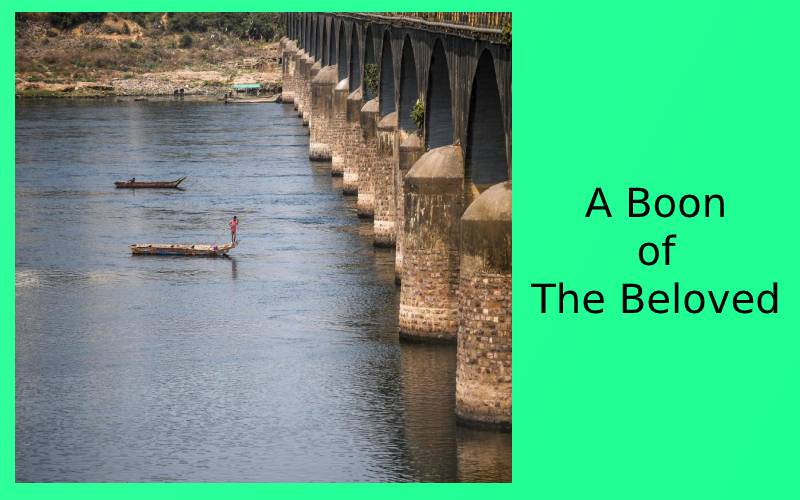
Another legend states that once Lord Shiva meditated so hard that he started perspiring. Shiva’s sweat accumulated in a tank and started flowing in the form of a river – the Narmada. It is also said that two teardrops that fell from the eyes of Lord Brahma, yielded two rivers – the Narmada and the Sone. Some even narrate that Ganga comes to Narmada once a year in the form of a coal black cow, takes a dip in the Narmada River and returns as a white cow-absolved of all the sins, as they dissolve in Narmada. This event is witnessed as a holy day. Well Ganga cannot sin but, yes, the contemporary society has certainly left no stone unturned to make it black.
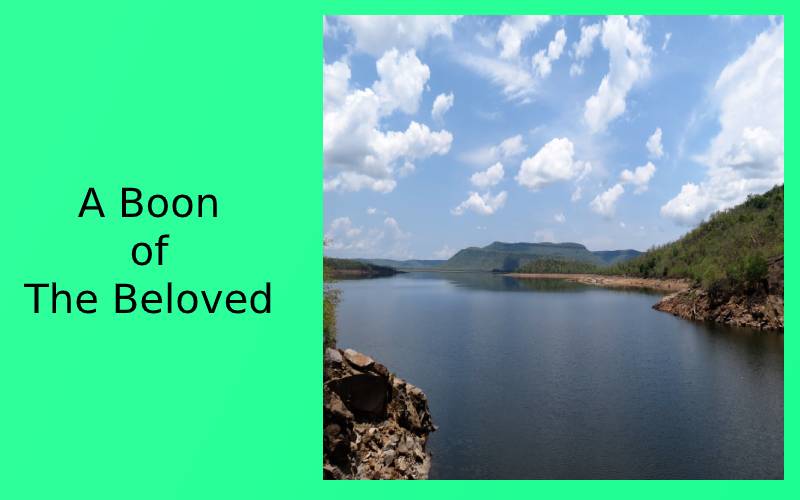
Spiritual Value of the River
The Pataleshwar Mahadev in Amarkantak at the origin of Narmada is attributed to Adi Shankaracharya. The bamboo bunches used by Shankara are said to be still in existence in a place known as Surajkund. It was on the banks of river Narmada that Adi Shankara met his guru Govinda Bhagavatpada. On one occassion, Shankara found the Narmada gushing forth into floods. By using his powers, he encapsulated the river in his Kamandal and released it in the banks of the river. In his enlightened state, Govinda knew that Lord Shiva had incarnated in human form.
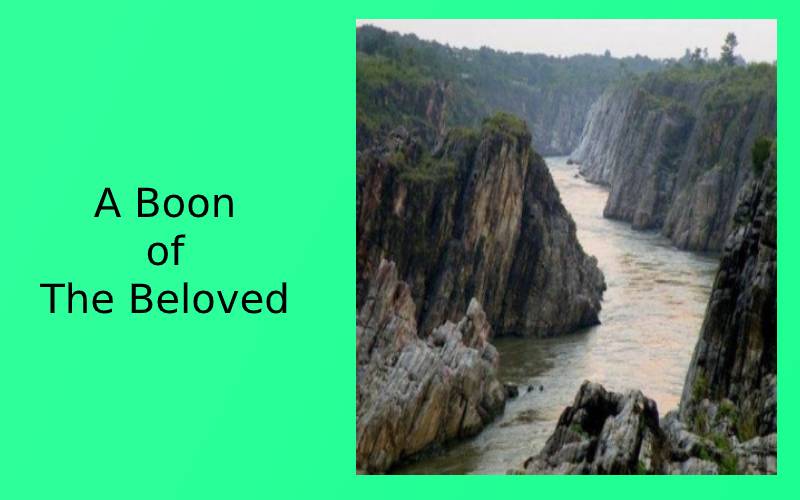
There are many more interesting facts connected with the river Narmada. The Shiva Lingam in the Thanjavur Periya Kovil in Tamil Nadu is considered to be the biggest quartz or Bana Lingam collected from the banks of the river Narmada. The Vigraha of Lord Shiva found in Arulmigu Visalaakshi Ambal Samedha Visweswara Swamy Temple, Coimbatore is also made of Bana Lingam taken from the banks of pristine Narmada.
Apart from all these spiritual connect, myths, facts, and legends, the beautiful river Narmada in its own right is also home to many temples, spiritual bases, and source of Hindu philosophy.
Conclusion
“Mother river gives, gives, and gives; while we get, use, and trash her.”
NEXT ARTICLE